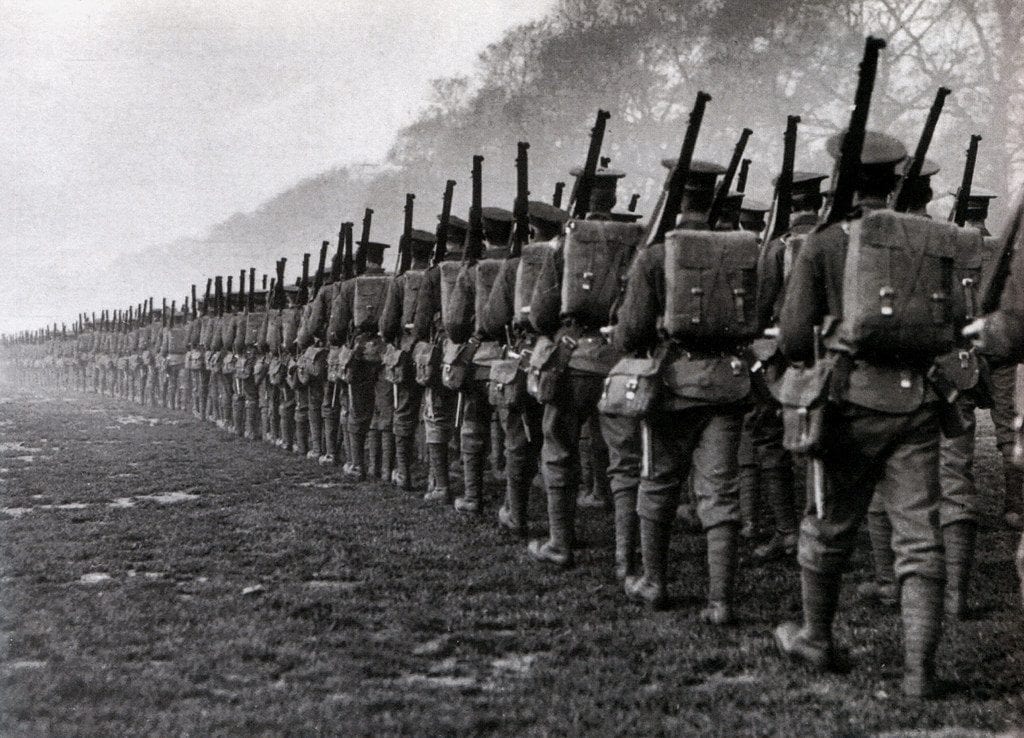The History Of The Wrist Watch: From The Pocket To The Wrist
The clock is an amazing invention. The ability to schedule events with exact precision is a fundamental part of modern life. Virtually every person living in a first world country can know what time it is—to the minute—whenever they wish. Having constant access to the time of day was one of the most important innovations of horology. The pocket watch being the standard of portable time-keeping for several centuries.
So why did the wrist watch become popular? The earliest example of a time-keeping device worn on the arm that we could find, was a gift given to Queen Elizabeth in 1571. There are records of small ornate clocks that were mounted on bracelets from 1790 as well. The making of these small clocks continued into the early 1800s with master clock makers like Patek Phillipe and Abraham Louis Breguet. They designed watches and mechanical calendars for wealthy women.
Men still considered wrist watches to be inferior to pocket watches, claiming that they were prone to damage and rust and that the mechanics of the watch were too small to keep accurate time. As the 19th century marched on, watches became much less expensive to produce,and therefore own. But as the value of coordinated military maneuvers became apparent, their popularity increased. However, these are still pocket watches, and many soldiers were beginning to find that it was difficult to check the time on a pocket watch while controlling a horse or holding a rifle. Just before the turn of the century there were patents filed for a type of leather strap with a cupped area in the center designed to hold a pocket watch in place around a person’s wrist—which is still technically not a wrist watch—but it’s a pocket watch that you have on your wrist.

As the leather pocket watch holder gained popularity among military men and to a lesser,but notable extent civilian women, it became known as the campaign watch. This campaign watch saw extensive use in the second Boer war which was fought between the British and the descendants of Dutch settlers in South Africa, known as the Boers. The Boers were used to hunting and riding in their local terrain and their evasive tactics forced the British officers to coordinate perfectly timed attacks to gain the element of surprise. Pocket watches at this time attained a very high quality for a low cost. Remember that these are still pocket watches that are worn on the wrist, and not wrist watches. Men still considered watches to be feminine, and when they returned to civilian life, they put their watches back where they belonged—safe in a waistcoat pocket.
During World War I, trench warfare made coordinated troop movements the focus of combat and British generals gave orders from locations far from the front lines. The timing and clarity of orders was essential to the success of operations. A tactic called “a creeping barrage”required a group of infantry men to advance just behind successively farther-reaching rounds of artillery. Careful timing was a matter of life and death, and it became more important for every soldier to have a watch that they could read quickly and easily.
Near the end of the war, purpose-built wrist watches with lugs for attaching leather straps called “service watches” were beginning to be advertised and manufactured. Many of the English watch makers were not prepared to switch from manufacturing pocket watches and began to struggle and wither. Swiss manufacturers that had been making smaller movements found it easier to transition to the smaller wrist watches and overshadowed the British watch making industry. The metal reinforced trench watch was developed as well to give soldiers a sturdier timepiece. These were often made with a shatter resistant glass, or a shrapnel guard, which was a metal cage that protected the face of the watch but still allowed the time to be read. A reliable watch worn on the wrist became a necessity for officers and a useful tool for every soldier,though they were still expected to provide their own. The wrist watch had become a masculine tool essential to the soldier and popular with the manly civilian. American soldiers were surprised to see the British troops wearing the effeminate wrist watches, which was not a foreign concept, but certainly an unpopular thing for men to do in America at the time. None the less, the American soldiers were soon converted and gradually spread the practice back to their home. Pocket watches were still being used into the 1920s.
Times Ticking has been in operation for more than 30 years, since 1982. We have performed watch repair for customers both locally and internationally. If it Ticks! We KNOW it! Our team of watch repair technicians have a combined experience in watchmaking of over 120 years.

